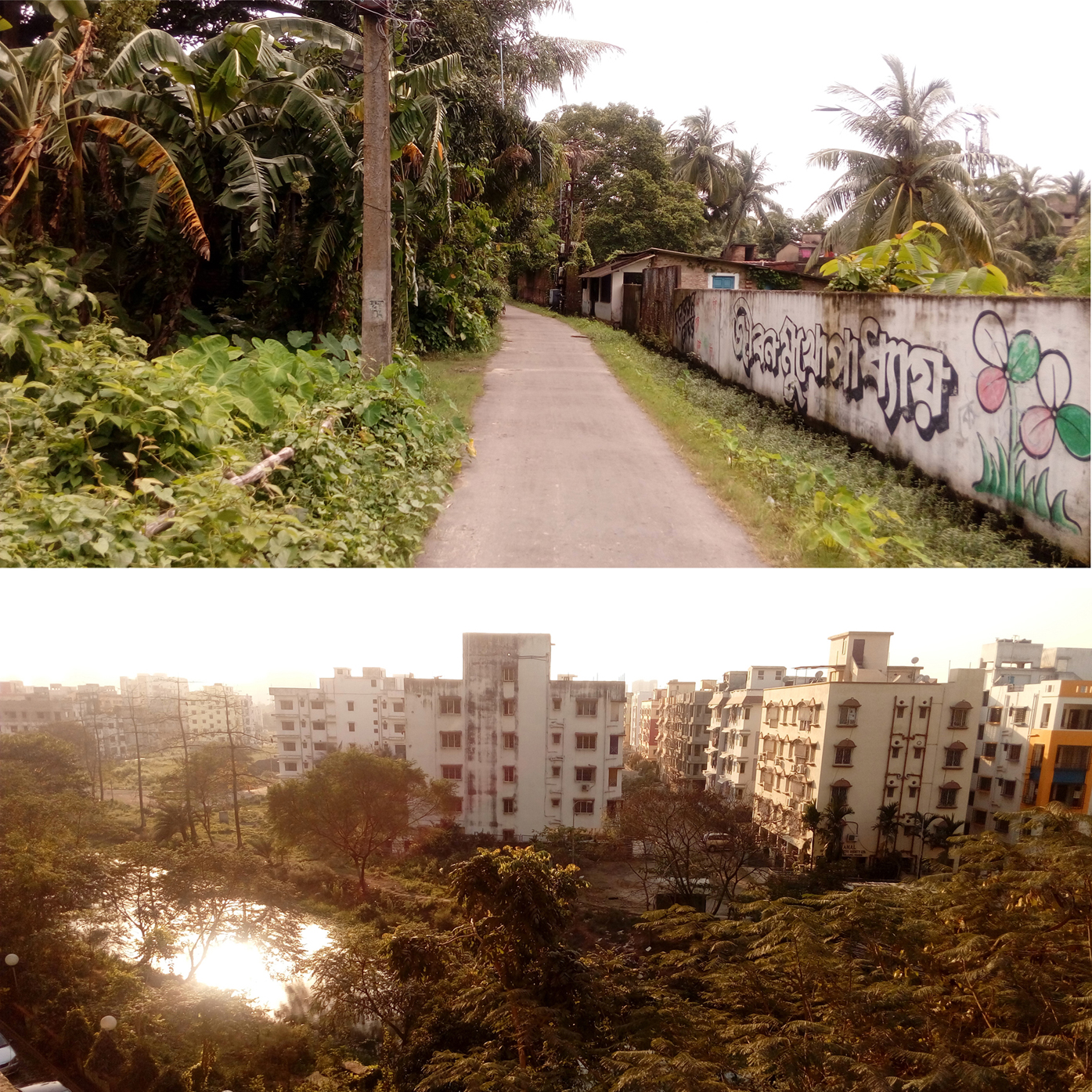
Uploaded on 2017-02-25 by Rukmini Mukherjee
01. The study in the link shows there has been a sharp rise in the temp difference between urban and rural areas in US cities due to UHI. 02. The city of Kolkata has been recorded to have an average of 13deg C temperature difference between daytime and night in the busiest urban area during the hottest month of May. The built area in Kolkata has risen by 190% in the last 20 years, and tree cover has fallen from 23.4% to 7.3%. This is reflected in the marked decline in the daily diurnal temp variation. The photographs show a contrast between a rural and a peri-urban area in Kolkata. The temperature of the rural area was recorded to be 28deg C(day) and 13deg C(night), whereas the per-urban area showed a variation of 31deg C(day) and 17deg C(night). The rural area was found to have remarkably less local heat islands, due to the following reasons: a) Even though aspect ratio was lower in the rural area, creating surface heat islands, the heat was dissipated due to wind velocity. b) Presence of more greenery and waterbodies in the rural areas decreased heat absorption. c) The peri-urban area, despite having some percentage of greenery and acceptable aspect ratio, still had more surface heat islands due to use of more building material, increasing temp during daytime, whereas the canopy heat islands increased temp during night. 03. Measures to reduce UHI: a) Reduce greenhouse gas emissions, encourage non polluting public transport or pedestrianization where possible. b) Urban design controls to optimize block sizes to reduce UHI c) Reduce heat-retaining building materials, increase low-E materials, increase green cover and water bodies. d) Reduce individual cooling systems, use centralized and efficient systems to reduce impact on microclimate 04. No such policy has been implemented till date, but interested individuals are holding independent surveys and proposing solutions for policy-making.